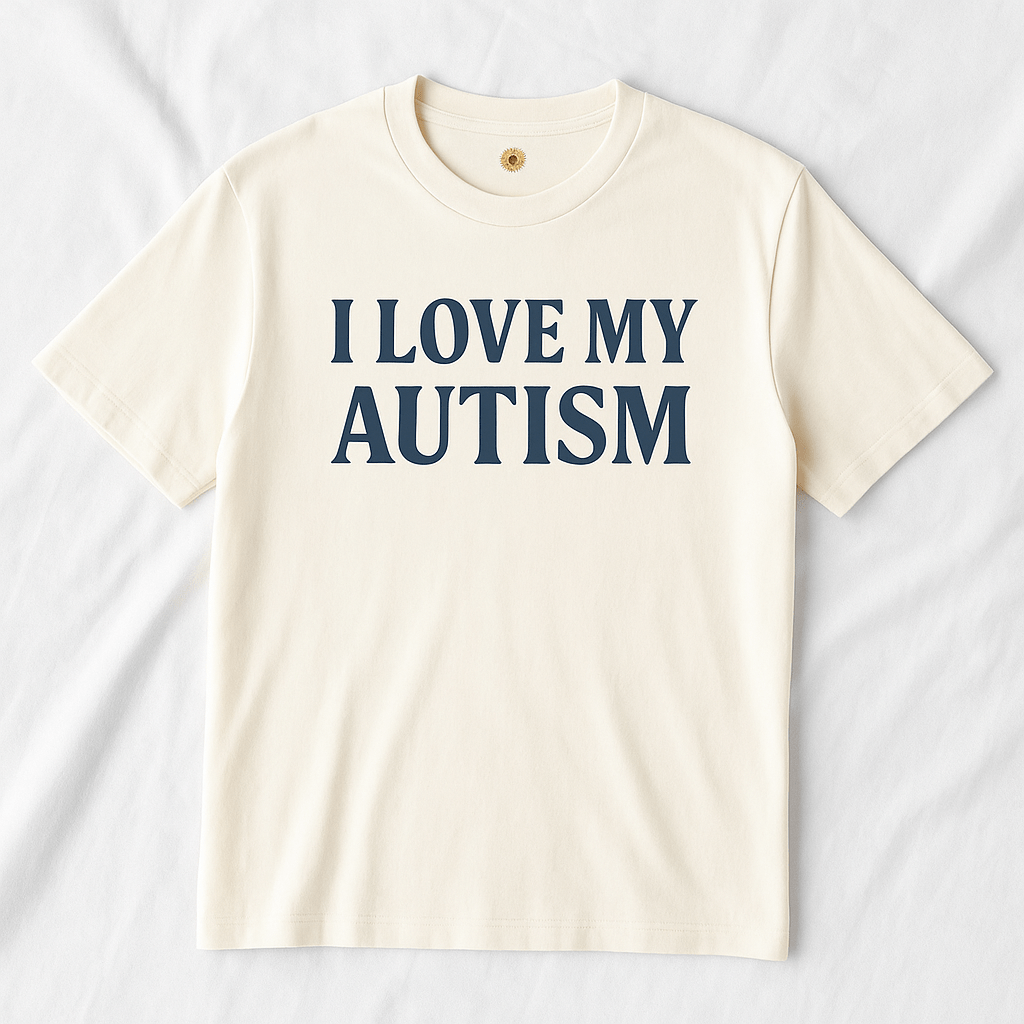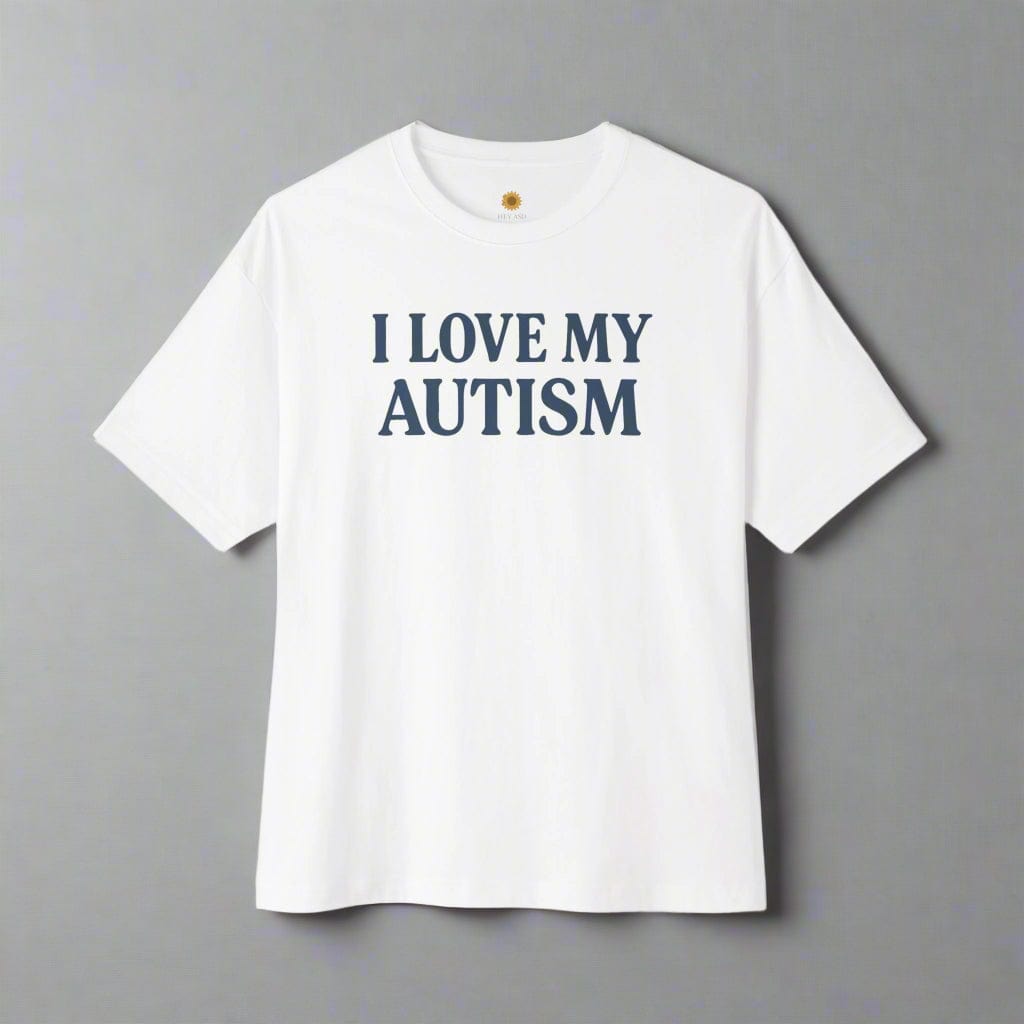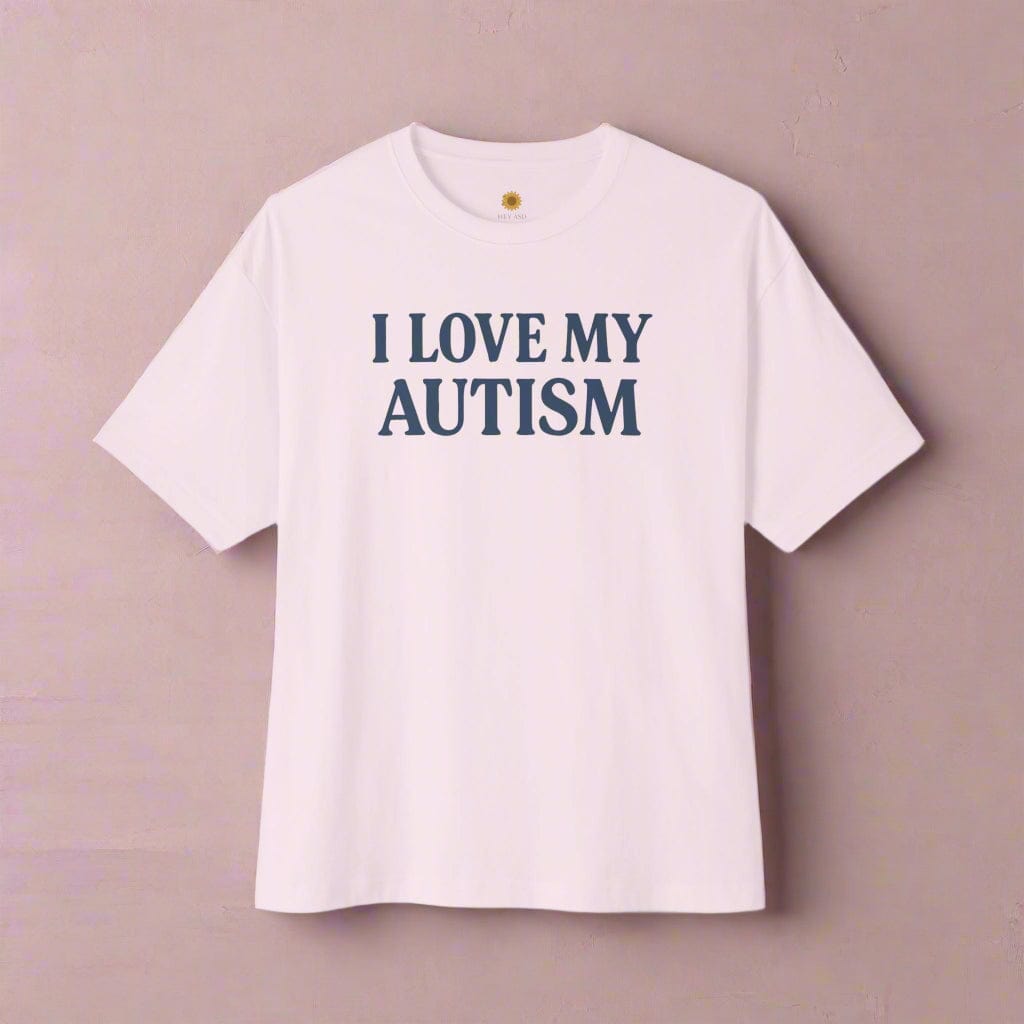Autism & Empathy in a New Light

Written by the HeyASD Editorial Team
Autism Spectrum Disorder (ASD) is a neurodevelopmental disorder that affects communication, social interaction, and behavior. Individuals with autism often have difficulty understanding social cues, making eye contact, and interpreting others' emotions.
Empathy, on the other hand, is the ability to understand and share the feelings of others. It involves recognizing others' emotions, imagining oneself in their position, and responding appropriately.
This article will explore the challenges individuals with autism face with empathy and interventions that can help improve empathy skills.
Challenges with Empathy for Individuals with Autism
Individuals with autism spectrum disorder (ASD) often face challenges with empathy due to differences in their social and emotional processing.
Some of the challenges individuals with ASD may experience include:
Difficulty with perspective-taking: People with ASD may have difficulty understanding other people's perspectives, which can make it hard for them to empathize with others.
Sensory overload: Individuals with ASD may experience sensory overload in social situations, making it difficult to attend to social cues and emotional expressions.
Difficulty recognizing emotions: People with ASD may have difficulty recognizing and interpreting emotional expressions in others, which can make it hard for them to empathize with others.
Difficulty regulating emotions: Individuals with ASD may have difficulty regulating their own emotions, which can make it hard for them to respond appropriately to the emotions of others.
Social communication difficulties: People with ASD may struggle with social communication, making it hard for them to engage in reciprocal conversations and build social relationships.
These everyday challenges can make it difficult for individuals with ASD to understand and respond to the emotions and needs of others, which can impact their ability to develop meaningful relationships and navigate social situations. However, with the right support and interventions, individuals with ASD can learn to improve their empathy and social skills.
Different Types of Empathy
There are several different types of empathy, including emotional empathy, cognitive empathy, and compassionate empathy.
Cognitive empathy: This type of empathy involves understanding and perceiving another person's emotions and thoughts, without necessarily sharing their feelings. It allows a person to put themselves in someone else's shoes and imagine how they might feel in a particular situation.
Emotional empathy: Emotional empathy is the ability to feel and share the same emotions as another person. This type of empathy is often described as "feeling someone else's pain," and is the basis for many acts of compassion and kindness.
Compassionate empathy: Also known as empathic concern, compassionate empathy involves feeling the emotions of another person and then taking action to help them. It goes beyond just understanding and sharing their emotions, and involves a desire to alleviate their suffering in some way.
Individuals with autism may find each of these challenging, but autism is a spectrum and the ability to empathise may differ greatly between individuals.
Empathy Interventions for Individuals with Autism
Several interventions can help individuals with autism develop their empathy skills. Social stories, cognitive behavior therapy, and video modeling are all effective interventions for improving empathy skills.
Social Stories
Social stories are short stories that describe social situations and appropriate behaviors. They can help individuals with autism understand and navigate social interactions. Social stories can be used to teach empathy by describing a character's emotions and encouraging the individual with autism to imagine themselves in the character's position.
Cognitive Behavior Therapy
Cognitive behavior therapy is a form of therapy that focuses on changing negative thought patterns and behaviors. It can help individuals with autism develop empathy by teaching them how to recognize and challenge negative thoughts and beliefs.
Video Modeling
Video modeling involves watching videos of individuals in social situations and imitating their behavior. It can help individuals with autism develop empathy by providing visual examples of appropriate social interactions.
Improving Empathy in Neurotypicals Towards Individuals with Autism
Increasing Awareness and Understanding of Autism
Increasing awareness and understanding of autism can help neurotypicals develop empathy towards individuals with autism. Education and training can help individuals learn about autism and its effects on individuals' behavior and social interactions.
Providing Opportunities for Interaction
Providing opportunities for interaction can help neurotypicals develop empathy towards individuals with autism. By interacting with individuals with autism, neurotypicals can gain a better understanding of their experiences and challenges.
Encouraging Perspective-Taking
Encouraging perspective-taking can help neurotypicals develop empathy towards individuals with autism. Perspective-taking involves imagining oneself in another person's position and understanding their feelings and experiences.
This can be facilitated by encouraging neurotypicals to think about the challenges and experiences of individuals with autism and to consider how they would feel in similar situations.
Join Hundreds of Autistic Adults Feeling
More Comfort in Their Own Skin
Use code WELCOME10 for 10% off your first order.
Start Your Comfort JourneyConclusion
In conclusion, while individuals with autism may have challenges with empathy, there are interventions that can help improve empathy skills. Social stories, cognitive behavior therapy, and video modeling are all effective interventions for individuals with autism.
In addition, interventions that help neurotypicals develop empathy towards individuals with autism, such as increasing awareness and understanding of autism, providing opportunities for interaction, and encouraging perspective-taking, can also be helpful. Future research should continue to explore the relationship between autism and empathy and identify additional interventions that can support individuals with autism.
FAQs
Can individuals with autism be empathetic?
Yes, while some individuals with autism may have difficulty with empathy, many individuals with autism are highly empathetic and emotionally aware.
Can cognitive behavior therapy help individuals with autism develop empathy?
Yes, cognitive behavior therapy can be an effective intervention for improving empathy skills in individuals with autism.
What is perspective-taking?
Perspective-taking involves imagining oneself in another person's position and understanding their feelings and experiences.
How can neurotypicals develop empathy towards individuals with autism?
Encouraging neurotypicals to increase their awareness and understanding of autism, providing opportunities for interaction, and encouraging perspective-taking can all be effective interventions.
What are social stories?
Social stories are short stories that describe social situations and appropriate behaviors, and can be used to teach individuals with autism about social interactions and empathy.
In addition to interventions for individuals with autism, there are also interventions that can help neurotypicals develop empathy towards individuals with autism. Increasing awareness and understanding of autism, providing opportunities for interaction, and encouraging perspective-taking are all effective interventions.
On This Page
Frequently asked questions
What are some common empathy challenges faced by autistic individuals?
How can sensory-friendly autism support help with understanding emotions?
What types of empathy are important to know about when supporting someone with autism?
How can autism social skills help improve empathy in everyday interactions?
Are there sensory tools or calming blankets that can support emotional regulation and empathy development?
What are some effective empathy interventions for autism that families can try at home?
How can neurotypical people better understand autism emotions to build stronger connections?
What role do social stories and video modeling play in teaching empathy to autistic individuals?
Can Autism-themed decor or comfortable clothing like t-shirts create a more supportive environment for empathy growth?

About the HeyASD Editorial Team
Autistic‑owned • Values‑led • Sensory‑friendly design
We are autistic creators, writers, and advocates dedicated to producing resources that are practical, sensory-aware, and grounded in lived experience. Our mission is to make information and products that support the autistic community accessible to everyone, without jargon or condescension. Learn more about our team.
This article is written from lived autistic experience and an evidence-aware perspective. It is for general informational purposes only and should not be taken as medical, legal or therapeutic advice.
Always consult a qualified clinician or occupational therapist for individual needs and circumstances.

About Our Autism Blog
HeyASD isn’t just a store, it’s a calm, supportive space created by and for autistic adults. Our blog shares sensory-friendly tips, identity-affirming stories, and heartfelt resources for navigating life as an autistic person. Whether you're late-diagnosed, exploring your needs, or supporting someone you love, you're welcome here.
Thank you for reading. We hope these resources bring comfort and clarity.






















